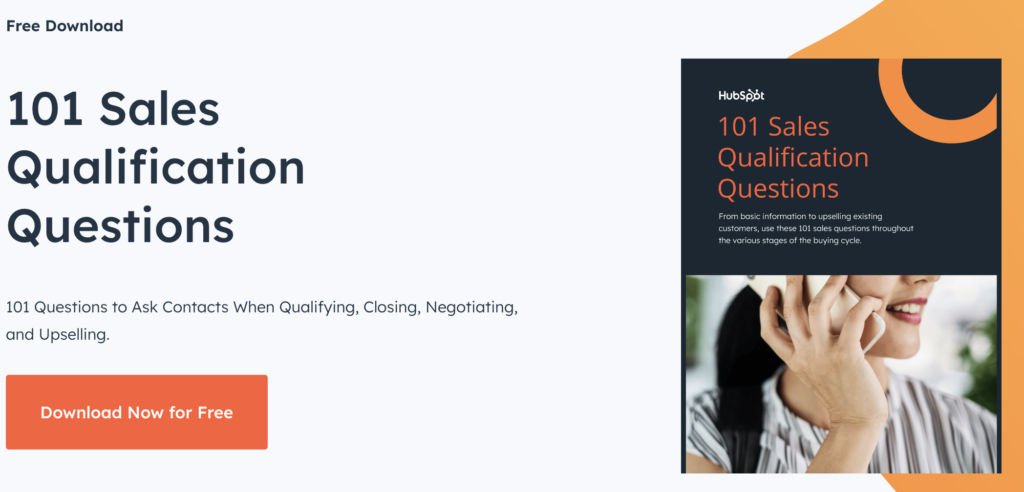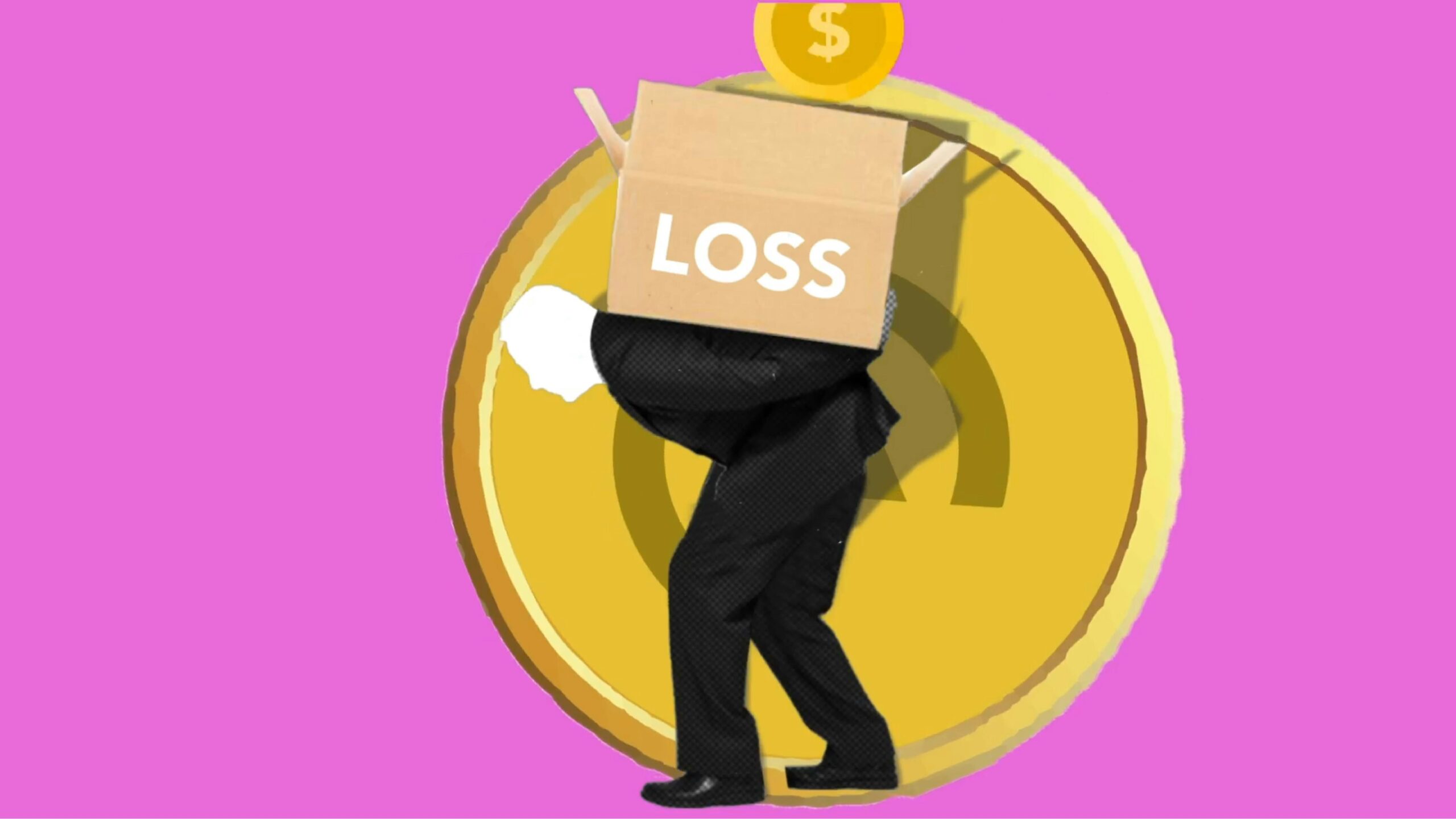You’re hustling hard, but those leads just aren’t rolling in like you hoped. Wondering why? You might be falling into some classic traps that are secretly wrecking your lead generation game. These aren’t just minor slip-ups—they’re the kind of mistakes that make potential customers bail faster than you can say “lost lead.” Let’s jump in and uncover seven critical errors that could be draining your leads—and, more importantly, how to fix them.
Generating leads is the lifeblood of any business—it’s what keeps the sales pipeline flowing and the revenue growing. Without a steady stream of leads, even the most impressive products or services can languish in obscurity. But here’s the kicker: not all lead generation efforts are created equal. In fact, making a few common mistakes can tank your lead gen strategy faster than a lead balloon.
You might think you’re doing everything right, but even seasoned pros fall into these traps. Lead generation isn’t a solo endeavor—it’s a team effort. Everyone from marketing to sales plays a crucial role in ensuring no lead slips through the cracks until they’re either converted or lost. In this article, we’re pulling back the curtain on seven critical mistakes that could be costing you valuable leads. From hiring missteps to neglecting those crucial reviews, we’ve got you covered. Let’s dive in and make sure your lead generation game is as strong as it can be.
Read: The Art of Saying “No”: When Marketing Agencies Should Turn Down Clients
1. Your Lead Gen Team Might Be Hurting You
Sometimes, the biggest roadblock to your lead generation success is your own team. A misstep here, an oversight there, and suddenly your lead gen efforts are bleeding money with nothing to show for it. The people you trust to bring in those valuable leads could be the very ones undermining your efforts.
Take this personal example: I was once brought in to clean up the lead generation channels for a legal firm in California. They were spending thousands of dollars every week on Google ads but had little to show for it. The ads were getting clicks, and the website was attracting visitors, but hardly anyone was filling out the contact form. This project stuck with me because the root cause was surprisingly simple.
While waiting for access to the lead gen tools (WordPress CMS and Google Ads), I decided to interview the appointment setters about their experiences. They revealed that they never managed to contact anyone from the Google ads campaign because the phone numbers were all international. This raised a red flag about the ad targeting settings.
When I finally accessed the Google Ads account, I discovered that the campaign was supposed to target the entire United States. However, it was also targeting one unexpected location: the country of Georgia. My theory? The previous PPC team had accidentally selected the country of Georgia instead of the state. This seemingly small mistake cost the firm over $6,000 and led to the team’s immediate dismissal.
It’s a stark reminder that a competent, detail-oriented team is crucial for effective lead generation. Don’t let careless errors from your lead gen team drain your resources and sabotage your success.
2. Pre-Qualify Your Leads to Save Time
In the previous case, the firm got a couple of things right: they hired me, and they had appointment setters in place. But even if you set up a stellar lead generation channel, many of the leads who fill out your forms won’t be qualified. They might lack the budget, not be the decision maker, or even come from the wrong country.
To avoid wasting time on these dead-end leads, appointment setters can use methods to pre-qualify prospects, like the IBM BANT system (Budget, Authority, Need, Timeline). Here’s why pre-qualifying leads is so crucial:
First, it ensures that your sales team is spending their time on prospects who are actually worth pursuing. If a lead doesn’t have the budget, can’t make decisions, or doesn’t need your product right now, they’re not going to convert. By filtering these out early, you save your closers from spinning their wheels.
Second, pre-qualification helps streamline your sales process. When leads come in pre-vetted, your sales team can focus on tailoring their pitch and closing deals, rather than sorting through a mixed bag of prospects. This not only boosts efficiency but also morale, as your team will see more wins.
Finally, having the right people in the pre-qualification role is essential. Appointment setters need to be sharp, communicative, and thorough. They’re your first line of defense against time-wasters and mismatches. With a solid pre-qualification process, you can ensure your lead generation efforts are focused on high-quality prospects, making the job easier and more rewarding for everyone involved.
3. Stop Forgetting to Ask for Referrals
Referrals are like the secret sauce of lead generation—they’re potent, effective, and often overlooked. Even leads that didn’t convert can still bring you value if you ask them for referrals. It’s like finding out the leftovers in your fridge are actually gourmet ingredients.
Just because a lead didn’t work out doesn’t mean they’re useless. Ask them for referrals! Maybe they weren’t ready to buy, didn’t have the budget, or simply weren’t the right fit, but they might know someone who is. Turning a lost lead into a referral source is like getting a second chance at a first impression.
To make this process smoother, implement a structured refer-a-friend program. Think of it as a referral assembly line—efficient, streamlined, and productive. These programs can provide the nudge your leads need to spread the word about your business. Plus, it’s always nice to get a little extra motivation.
People love incentives. Offer discounts, rewards, or even a small gift to those who refer new leads to you. Make it as easy as possible for them to refer friends and colleagues. Remember, the easier you make it, the more likely they are to participate. Think of it as greasing the wheels of the referral machine.
Don’t just stop at lost leads—tap into your pool of satisfied customers. They’ve already had a great experience with your business, and happy customers can be your best advocates. Encourage them to refer others, and watch as the leads roll in. Satisfied customers are like cheerleaders for your business, pom-poms and all.
Don’t neglect referrals in your lead generation strategy. They’re a powerful tool that can bring in high-quality leads with minimal effort. Actively seek referrals from both lost leads and satisfied customers to maximize your lead generation efforts. Remember, the secret sauce is always in the referrals.
4. Upgrade Your Lead Magnets Now
Lead magnets are the bait on the hook of your lead generation strategy. They’re what lure potential customers in, getting them to hand over their precious contact information in exchange for something valuable. But here’s the catch: if your lead magnets are subpar, you’re not going to reel in the high-quality leads you want.
The problem with poor-quality lead magnets is that they fail to deliver value. Maybe the content is outdated, irrelevant, or just plain boring. Or perhaps the design looks like it was put together in five minutes using clip art from the 90s. Whatever the issue, a bad lead magnet can do more harm than good.
Effective lead magnets are all about providing real value to your target audience without giving away the farm. For example, if you run an agency that creates Amazon listings, you shouldn’t be handing out an all-encompassing guide on how to craft the perfect Amazon listing. That’s just asking your leads to DIY or, worse, giving your trade secrets to competitors. Instead, offer something valuable but not business-destroying.
A great example of an effective lead magnet comes from HubSpot. They have a plethora of high-quality ebooks that provide genuine value without undermining their business. One standout is their ebook on sales strategies.

It’s packed with useful tips and insights targeted at salespeople who might be interested in using HubSpot’s CRM to boost their performance. It’s helpful, engaging, and most importantly, it positions HubSpot as a trusted authority in the field.
To create compelling lead magnets, follow these tips:
- Address Specific Pain Points: Make sure your lead magnet solves a problem or answers a question your audience cares about.
- Keep It Relevant: The content should be closely related to your product or service, so it naturally leads to the next step in your sales funnel.
- Design Matters: Invest in good design. Your lead magnet should look professional and be easy to digest.
- Update Regularly: Keep your lead magnets fresh and current. Outdated content can make your brand look out of touch.
Your lead magnets are crucial for attracting and converting high-quality leads. Make sure they’re valuable, relevant, and well-designed, but don’t give away your secret sauce. Assess and improve your lead magnets regularly to keep your lead generation efforts sharp and effective. Remember, a good lead magnet is like a good joke: it’s all about the delivery.
5. Retargeting: The Goldmine You may be Ignoring
If you’re not using retargeting in your lead generation strategy, you’re basically leaving money on the table. Retargeting is like that friend who keeps reminding you about the things you need to do—you know, the friend who actually helps you get stuff done. It’s all about reminding potential customers who’ve already shown interest in your business to come back and take another look.
So, what is retargeting? It’s a way of reaching out to people who’ve visited your website or interacted with your brand but didn’t quite make it to the finish line. By using cookies or email lists, you can serve ads specifically to these folks as they browse the web, scroll through social media, or even check their email. It’s like giving them a little nudge, saying, “Hey, remember us? We’ve got something you’ll love.”
Retargeting is crucial because it keeps your brand fresh in the minds of potential leads. Think of it as a second chance to make a first impression. Studies show that retargeting ads can increase conversion rates significantly—up to 70% in some cases. That’s huge! Plus, these ads tend to have higher click-through rates because they’re aimed at people who already know your brand.
But before you dive in, let’s talk best practices. First, segment your audience. Not everyone who visits your site is looking for the same thing, so tailor your retargeting ads to different groups based on their behavior. Maybe one group looked at your pricing page while another checked out your blog. Different strokes for different folks.
Timing is everything. You don’t want to bombard people with ads every time they open their browser—that’s just annoying. Space out your retargeting ads to avoid ad fatigue and keep your brand top-of-mind without being a pest.
Let’s look at some successful examples. One e-commerce company saw a 30% increase in sales by using retargeting to remind customers about items left in their shopping carts. Another business, a travel agency, used retargeting to promote special deals to users who had previously searched for flights on their site. These campaigns worked because they were well-targeted and relevant to the audience.
Of course, there are pitfalls to avoid. One common mistake is not excluding converted customers from your retargeting list. Nothing says “we don’t know what we’re doing” like showing ads to someone who’s already made a purchase. Also, don’t forget to refresh your ad creative. Seeing the same ad over and over can turn people off, so keep it fresh and engaging.
In conclusion, retargeting is a powerful tool that can significantly boost your lead generation efforts. It’s all about giving those potential customers a gentle reminder and another opportunity to engage with your brand. So, take a closer look at your current strategy and see where you can incorporate retargeting. Trust me, your bottom line will thank you.
6. Ignoring Reviews Is a Recipe for Disaster
Let’s talk reviews. You know, those little snippets of feedback that can make or break your business? Ignoring them is like ignoring a fire alarm—you might get away with it for a while, but eventually, things will go up in smoke. Reviews are powerful. They build trust, influence decisions, and can even boost your SEO. So why are so many businesses pretending they don’t exist?
First, let’s acknowledge that reviews are a goldmine of insights. They tell you what you’re doing right and where you’re dropping the ball. But if you’re not paying attention, you’re missing out on a treasure trove of information. Bad reviews? Address them head-on. Good reviews? Amplify them. Ignoring reviews is not an option if you want to stay competitive.
Monitoring and managing your reviews should be a regular part of your lead generation strategy. Set up alerts, respond promptly, and use feedback to improve your offerings. When potential customers see that you’re engaged and responsive, it builds confidence. They’re more likely to trust you and, you guessed it, become leads.
One classic mistake is not asking for reviews. Happy customers are usually more than willing to share their positive experiences—if you just ask. Make it easy for them: send follow-up emails, include review links on your website, or offer a small incentive. The more reviews you have, the more credible you appear.
So, don’t ignore reviews. Embrace them, manage them, and use them to your advantage. It’s a simple yet effective way to boost your lead generation efforts and keep your reputation sparkling.
7. Boring Offers Won’t Attract Leads
Here’s a tough reality: if your offer doesn’t clearly showcase its benefits and features, potential customers aren’t going to be interested. Even if you have an amazing product or service, if the offer isn’t compelling, it won’t stand out. Competing against better, more attractive offers from your competitors can make yours look weak in comparison.
Think about it—when was the last time you were excited by a tiny 5% discount? Probably never. Your offer needs to be enticing enough to make people stop and think, “I need this right now!” Whether it’s a limited-time deal, a significant discount, or an exclusive bonus, make sure it’s something that grabs attention and appeals to your target audience.
Relevance is key. If you’re pushing winter coats in the middle of summer, no discount is going to move them. Understand your audience, their needs, and their timing. Tailor your offers to be seasonal, event-based, or personalized to what your audience wants at that moment.
Another big mistake is sticking with outdated offers just because they worked in the past. Times change, and so do customer preferences. Continuously test and tweak your offers to find what resonates best. Use A/B testing to experiment with different headlines, discounts, and incentives. This way, you can see what catches the most interest and adjust accordingly.
An irresistible offer can be the difference between a lead converting into a customer or not. So, don’t settle for an uninspiring offer. Be creative, stay relevant, and make sure your offer is something your audience can’t ignore.
Generating leads is a complex dance that requires attention to detail and a willingness to adapt. From ensuring your team is up to snuff to leveraging the power of retargeting and making sure your offers are irresistible, every step matters. Don’t let simple mistakes drain your resources and sabotage your efforts. By addressing these seven critical errors, you can fine-tune your lead generation strategy and start seeing the results you’ve been working so hard for. Remember, in the world of lead generation, it’s the little things that make the biggest difference. So take a step back, assess your current approach, and make the necessary adjustments to ensure you’re capturing every valuable lead that comes your way. Your future clients are out there—go get them.


